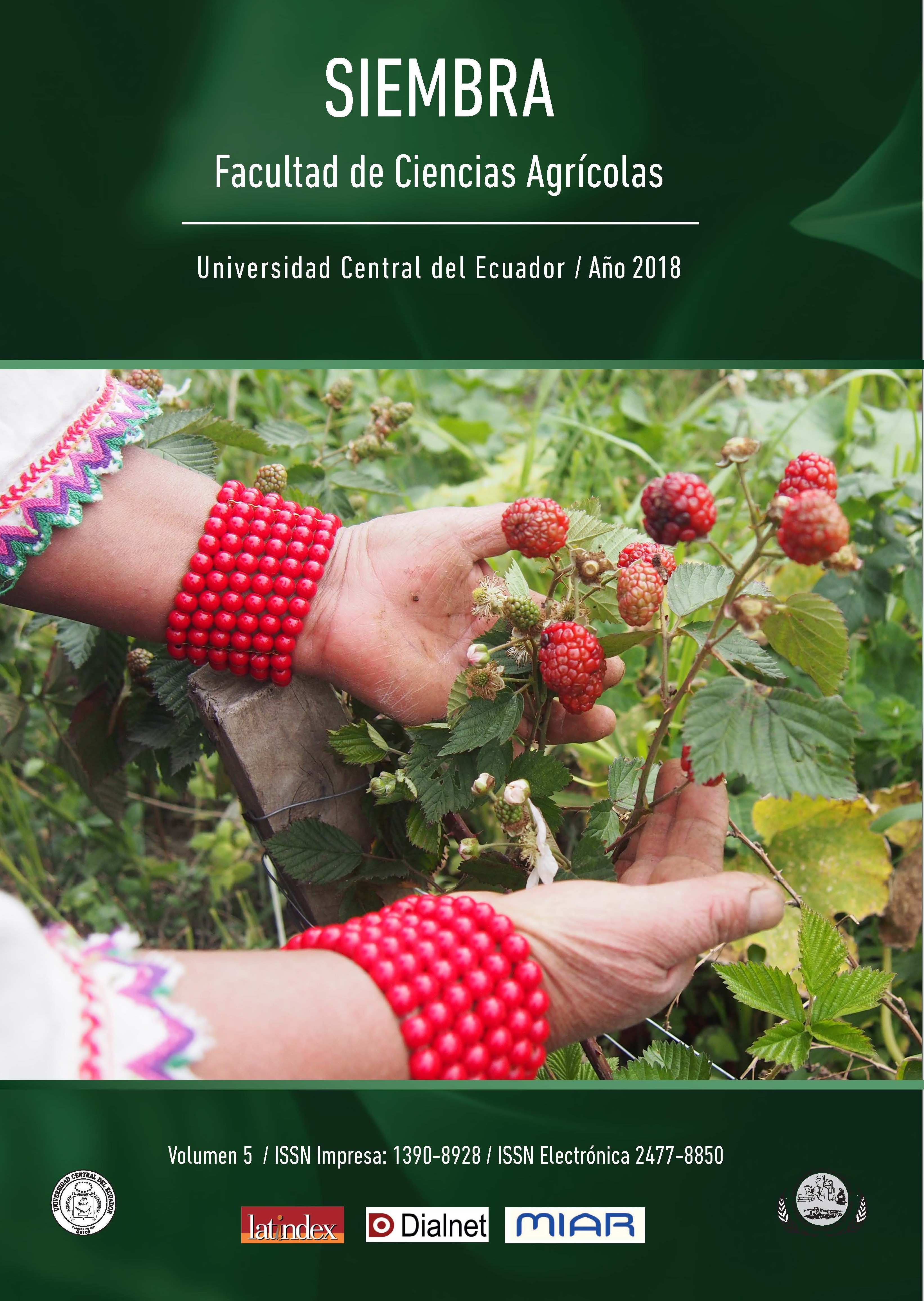Segmentation of Quito’s inhabitants according leisure and tourism activities (leisure lifestyles)
Main Article Content
Abstract
The article shows the leisure lifestyles obtained from the residents of Quito, as a consequence of the identification of leisure and tourism motivations, lifestyles and the analysis of socioeconomic variables. The setting chosen for the segmentation was the city's surroundings, made up of the 32 urban parishes (PU) of Quito, where, with a representative sample of 4.432 surveys, results were obtained that formed the first segmentations of leisure in the country with this methodology. With the grouping methodology proposed in the work, the ten main types leisure segments of the resident of city. The leisure segments are characterized by joining the main and complementary motivations; more than gathering the different variables that make an effective segmentation.
Downloads
Metrics
Article Details

This work is licensed under a Creative Commons Attribution-NonCommercial 4.0 International License.
The authors who publish in Siembra know and accept the following conditions:
- Authors retain the copyright and grant Siembra the right of first publication of the work, under the Creative Commons Attribution License. Third parties are allowed to use what has been published as long as they refer to the author or authors of the work and its publication in this journal.
![]() This content is licensed under a Creative Commons Attribution-Noncommercial 4.0 International (CC BY-NC 4.0).
This content is licensed under a Creative Commons Attribution-Noncommercial 4.0 International (CC BY-NC 4.0).
- Authors maintain the copyright and guarantee Siembra the right to publish the manuscript through the channels it considers appropriate.
- Authors may establish on their own additional agreements for the non-exclusive distribution of the version of the work published in Siembra, acknowledging their initial publication in the same, such as in institutional repositories.
- Authors are authorized to disseminate their work electronically once the manuscript is accepted for publication.
References
Carballo, R., Fraiz, J., Araújo, N., & Rivo, E. (2016). Segmentación del mercado de un destino turístico de interior. El caso de A Ribeira Sacra (Ourense). Pasos, 14(2), 369-383.
Cuenca, M. (2014). Aproximación al ocio valioso. Revista Brasileira de Estudos do Lazer. Belo Horizonte, 1(1), 21-41.
INEC. (2010). Censos de Población y Vivienda.
Lopez, E. (1993). El ocio perspectiva pedagógica. Revista Complutense de Educación, 4(I), 69-88.
Municipio del Distrito Metropolitano de Quito. (2011). Plan Metropolitano de Desarrollo 2012-2022. Quito: Municipio del Distrito Metropolitano de Quito.
Orozco Saquinga, K.M., & Tonato Agualsaca, L.M. (2018). Estudio de las motivaciones de ocio de los residentes en Quito (OCIOTIPOS). Trabajo de titulación para el títullo de Licenciado en Turismo Ecológico. Universidad Centra del Ecuador.
Sureda, J., & Valls, J.F. (2003). Ociotipos Europeos Packs de Actividades ESADE-2003. Barcelona: ESADE.
Valls, J.F. (2004). Gestión de empresas de Turismo y Ocio - El arte de provocal la satisfacción. Barcelona, España: Ediciones Gestión 2000.
Visión Humana. (2015). Estudio de ociotipos chilenos. Chile: Visión Humana.





